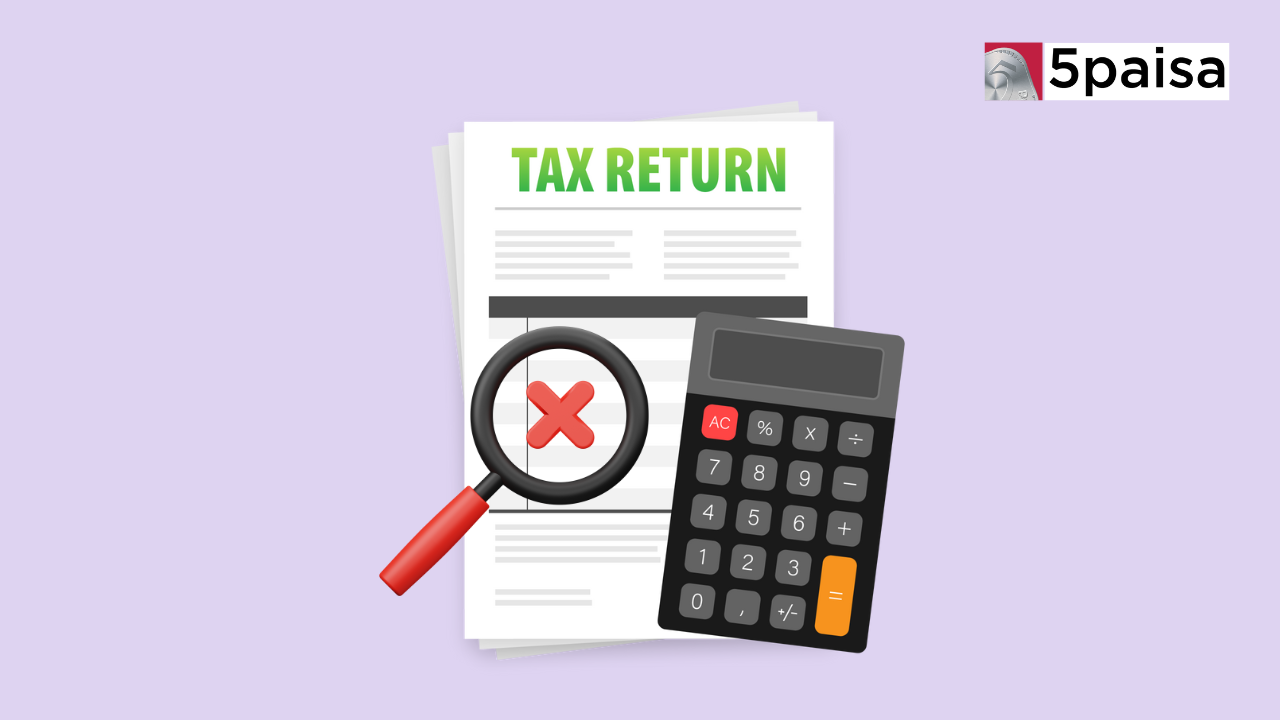How to Register a UPI Complaint Online?
5 Mantras for Trading Derivatives

Last Updated: 24th August 2023 - 06:30 pm
5 Mantras for Trading Derivatives
1. The underlying is what matters: Derivatives get their value from an underlying asset. This could be a stock, commodity, currency, or even interest rates. Since the value is derived from an underlying asset, we talk of derivatives in terms of contracts. Two broad categories of derivatives include futures and options. When you trade a futures contract, you must honour it at the pre-decided time and price. When you trade an options contract, you have the right but not the obligation to honour the contract at the time of expiry.
2. Customised vs Standardised: Derivatives could be over-the-counter (OTC) customised or exchange traded and standardised. OTC derivatives have customisable features tailor-made to suit your needs (Forwards) or they could be completely standardised by the exchange for the retail investor (Futures)..
3. Leverage is a double-edged sword: You can enter a futures contract at a fraction of the price it would take for you to buy the same number of shares. This means that you can trade derivatives with a lower capital base. However, it is important to note that a lower capital base might give you higher Return on Investment (ROI) but, it will also increase the risk since both returns and losses get magnified.
4. Marked to Market: At the end of each day, the futures contract closes at a certain price. Based on this closing price, you would either be making a profit or loss. The exchange, with the help of brokers and the clearing house, collects money from the loss bearing party and pays the same money to the profit-making party. This is called marking to market.
5. Payoffs can be symmetric or asymmetric: Symmetric returns means when the trade has the potential for unlimited profit or unlimited loss. This would be the case in a futures contract where the potential to gain money and lose money is unlimited. Asymmetric means when the potential to make a gain or loss is not equal. For example, when you buy a call option, your loss is limited to the premium that you pay. However, if the price of the underlying moves in your favour, you can make unlimited profits. This refers to asymmetrical returns.
- Flat ₹20 Brokerage
- Next-gen Trading
- Advance Charting
- Actionable Ideas
Trending on 5paisa
Personal Finance Related Articles
Disclaimer: Investment in securities market are subject to market risks, read all the related documents carefully before investing. For detailed disclaimer please Click here.
 5paisa Research Team
5paisa Research Team
 Sachin Gupta
Sachin Gupta




